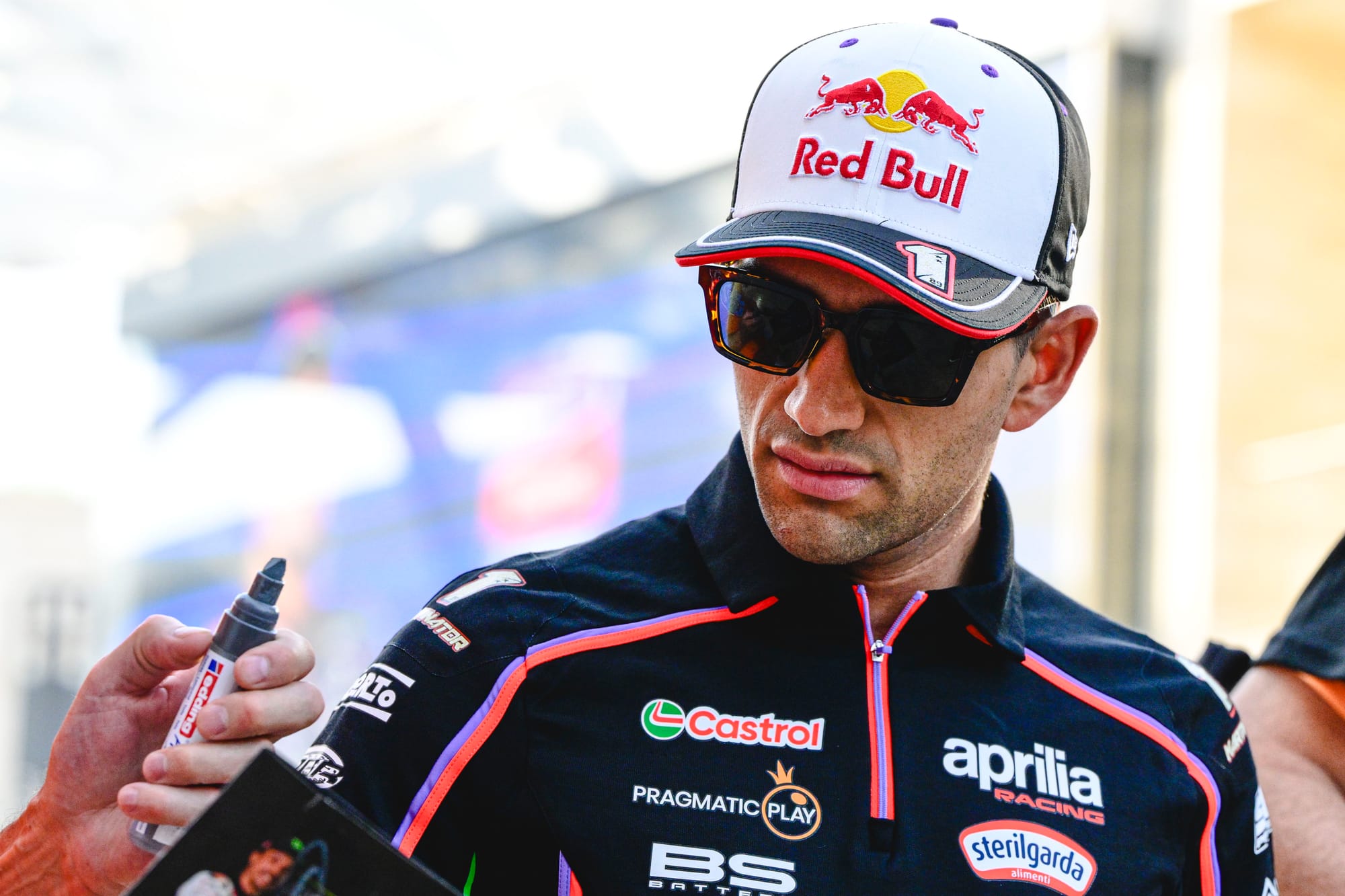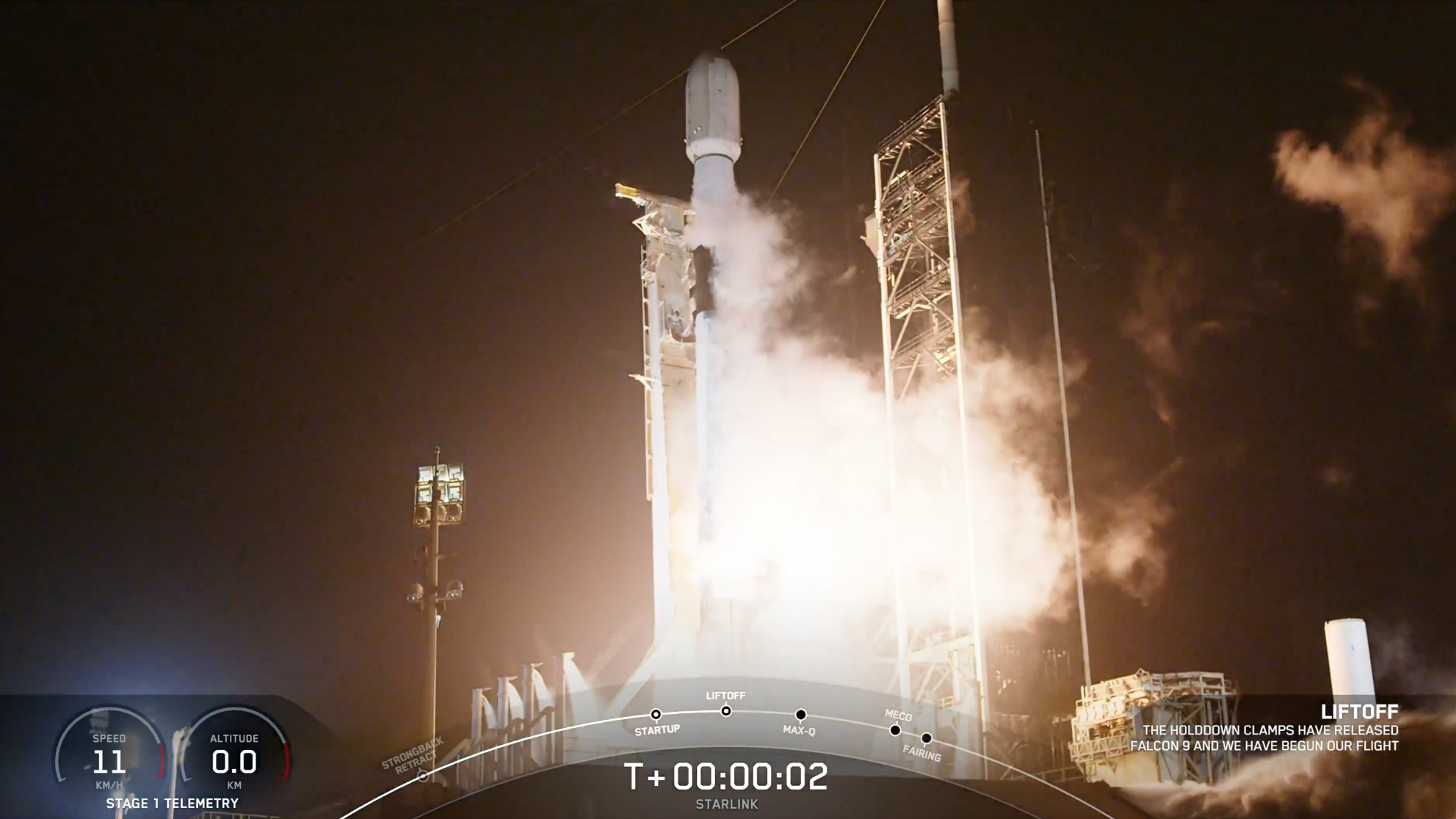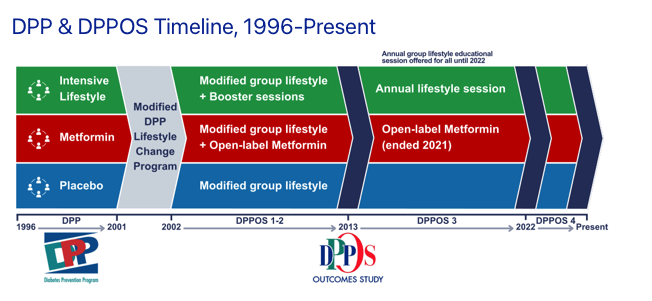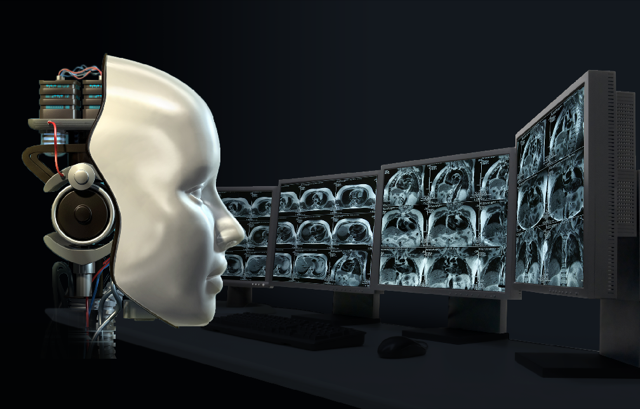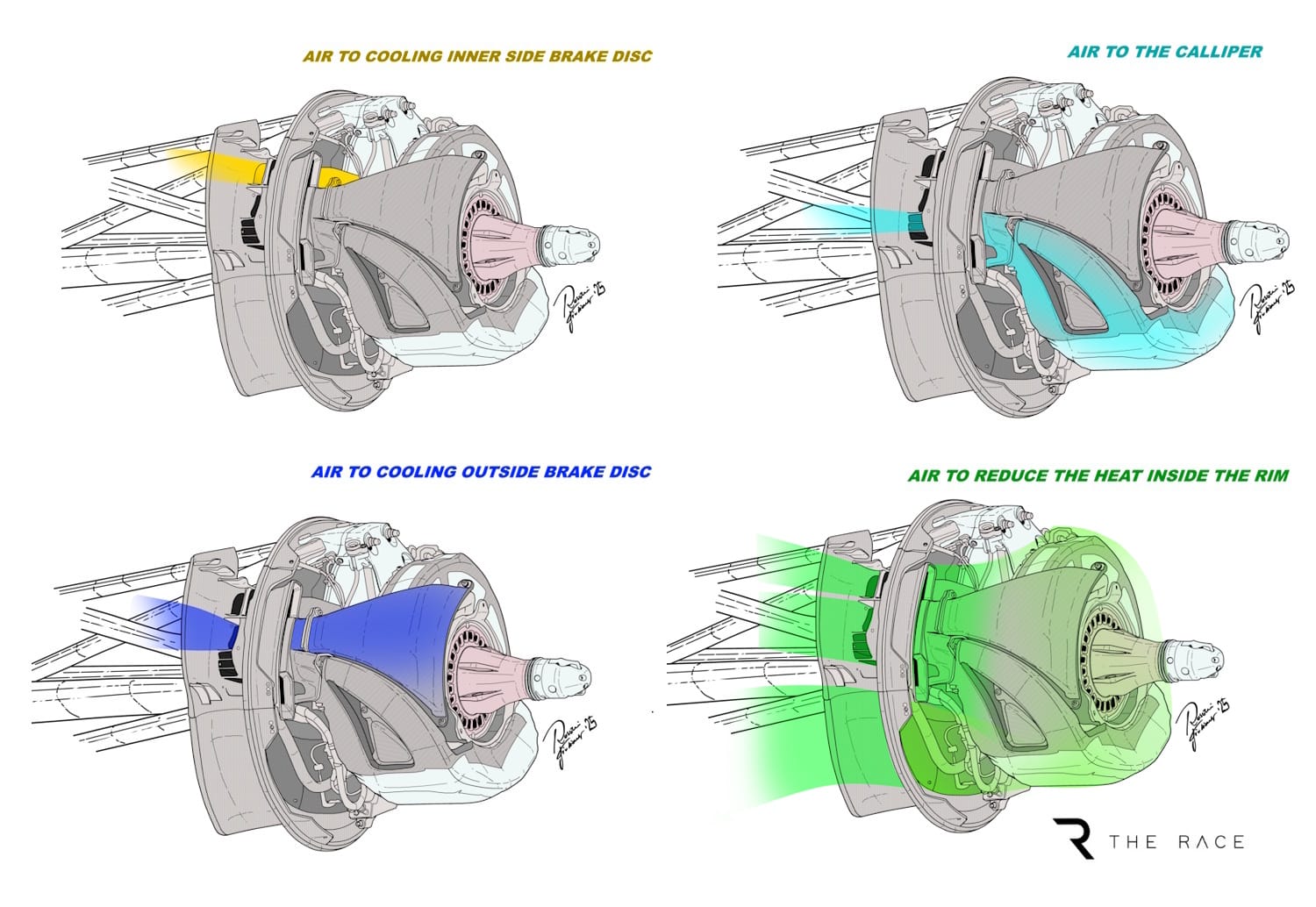McLaren-inspired brakes part of Red Bull's F1 recovery plan
Red Bull has been working on a McLaren-inspired brake bell configuration and cooling ducts that should be debuting soon
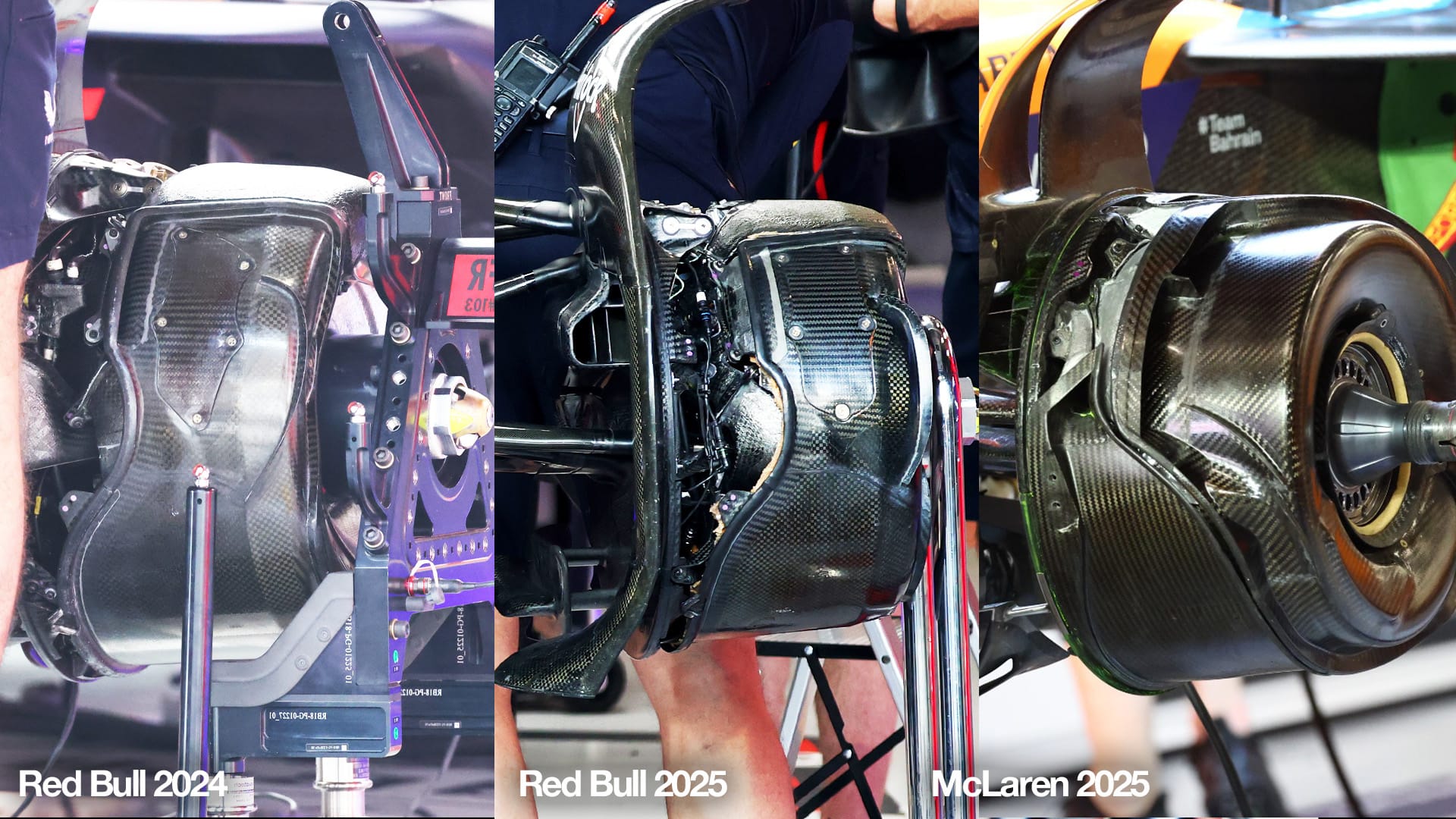

Max Verstappen remains the main challenger to the McLaren drivers in the fight for this year's Formula 1 world championship, but the reigning champion is currently unable to fight them on an equal footing, with Red Bull's RB21 falling short in race pace in particular.
Work continues back at Red Bull's Milton Keynes campus to close the gap. In Miami, Red Bull chief engineer Paul Monaghan pinpointed McLaren’s edge in cornering performance - particularly in dry conditions.
He acknowledges that Red Bull’s car needs to improve in low and medium speed corners, and that making gains in those areas would significantly benefit the RB21.
In the past 12 months, Red Bull has fallen to where it's more than a second behind McLaren in races like Miami, and the team’s development path has been badly disrupted.
The departure of key technical figures, such as Rob Marshall and Adrian Newey, and the off-track turmoil involving team principal Christian Horner, have all likely contributed to a challenging evolution from the RB20 to the RB21.
The upgrade plan
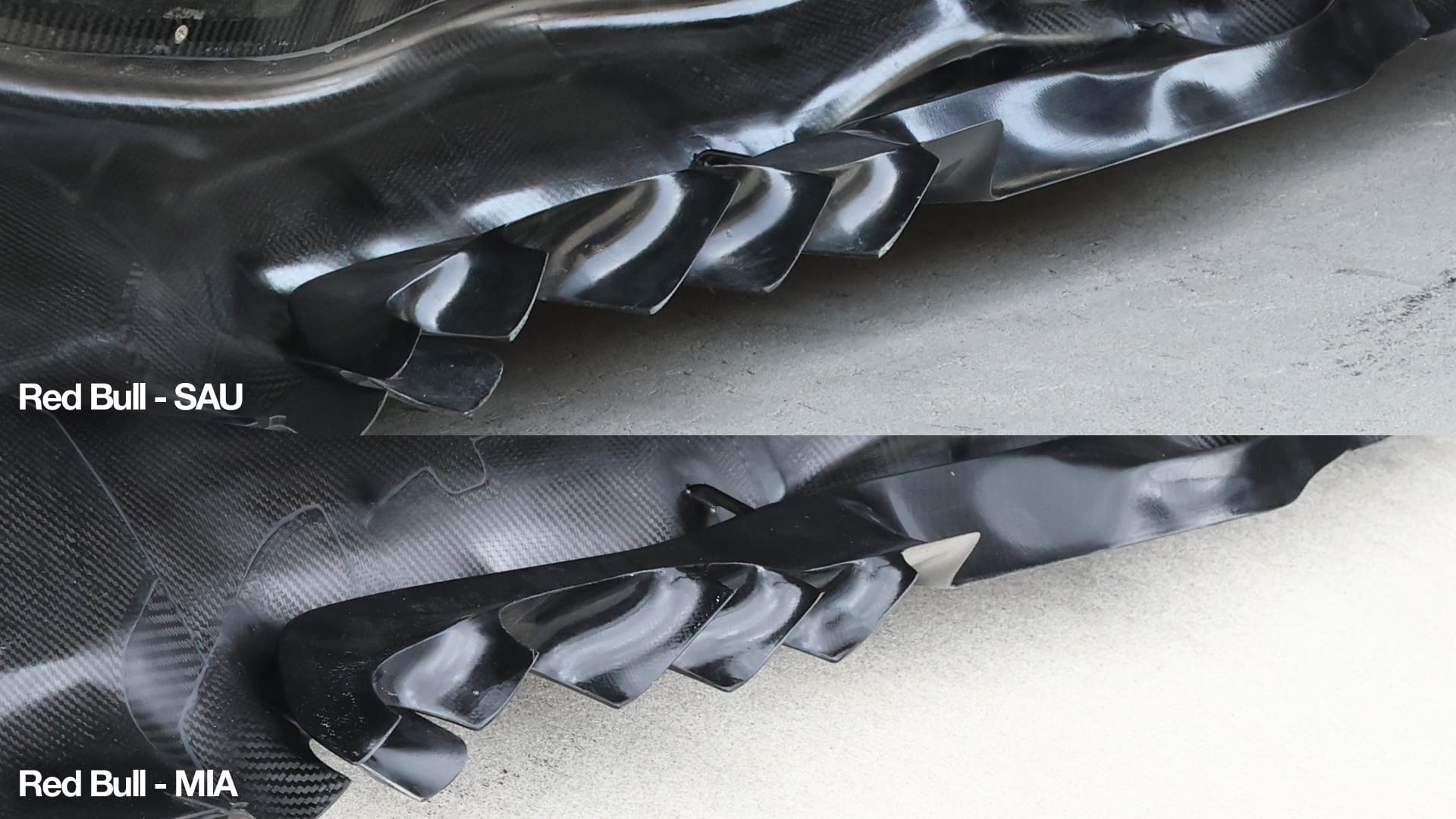
Red Bull introduced a slightly revised floor in Miami, fitted exclusively to Verstappen’s car.
Implementing such updates during a sprint weekend - with just one practice session - is always a calculated risk. However, Monaghan explained that the Miami floor was part of a wider plan to increase downforce and improve balance.
"We can bring it at relatively low risk, and it's an opportunity to do it and we were able to do it," Monaghan said. "People worked really hard in the factory to put it on the car and enjoy the benefits."
The modification was minor - more a fine-tuning of local airflow management than a wholesale redesign. Nevertheless, Red Bull had no issues finding correlation in the single free practice session. When asked about the risks, Monaghan reassured: "In our judgement of flow stability, the flow stability is unchanged so we're not fearing it to be aerodynamically unstable or anything of that nature.
"It can go on and it'll give us a few kilos of load and we shall enjoy the benefits."
This change is only the first piece of a larger upgrade package, due to be rolled out in stages over the European rounds. Imola, the next race on the calendar, is expected to host the first major RB21 development.
No silver bullet is anticipated, but Red Bull hopes for steady gains to cut into McLaren's winter-built advantage.
"There may be," replied Monaghan when asked whether there would be an upgrade for Imola. "I'm not going to confirm or deny any such rumours. You'll have to wait and see what we turn up with.
"But it's not a fixed car is it? We can bring things whenever we like and whenever we can. And if that makes us quicker and we can do it, that'll come to Imola."
The tyre question
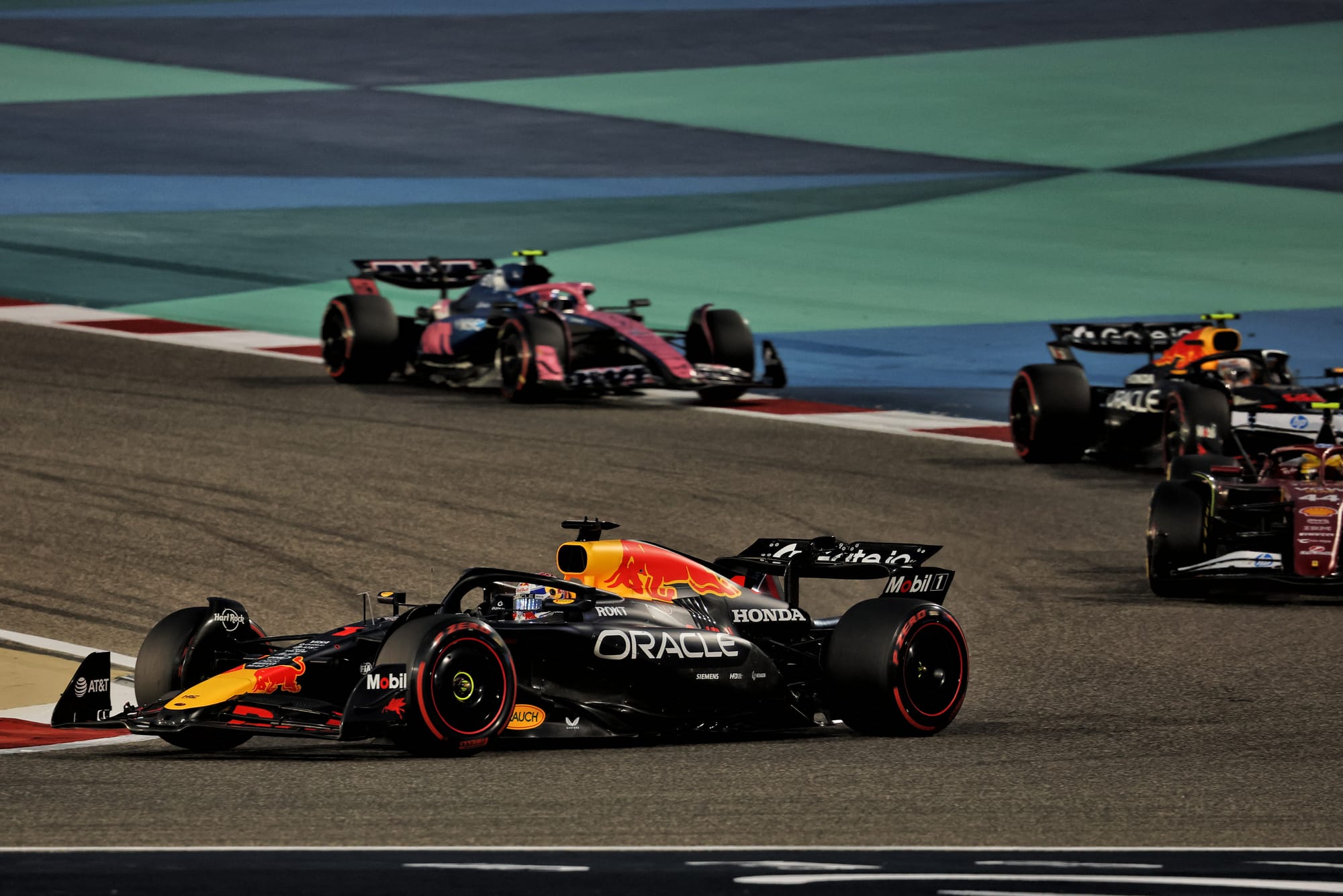
Red Bull's main focus is tyre management, an area where the RB21 has struggled. The car has shown vulnerability on rear-limited circuits and in hot conditions, such as in Bahrain, where overheating rear tyres led to accelerated degradation and reduced stint performance.
In contrast, McLaren has consistently demonstrated a superior ability to maintain tyres within the ideal temperature window. This has enabled more stable performance and extended tyre life, proving decisive in the MCL39's strategic dominance during several early-season races.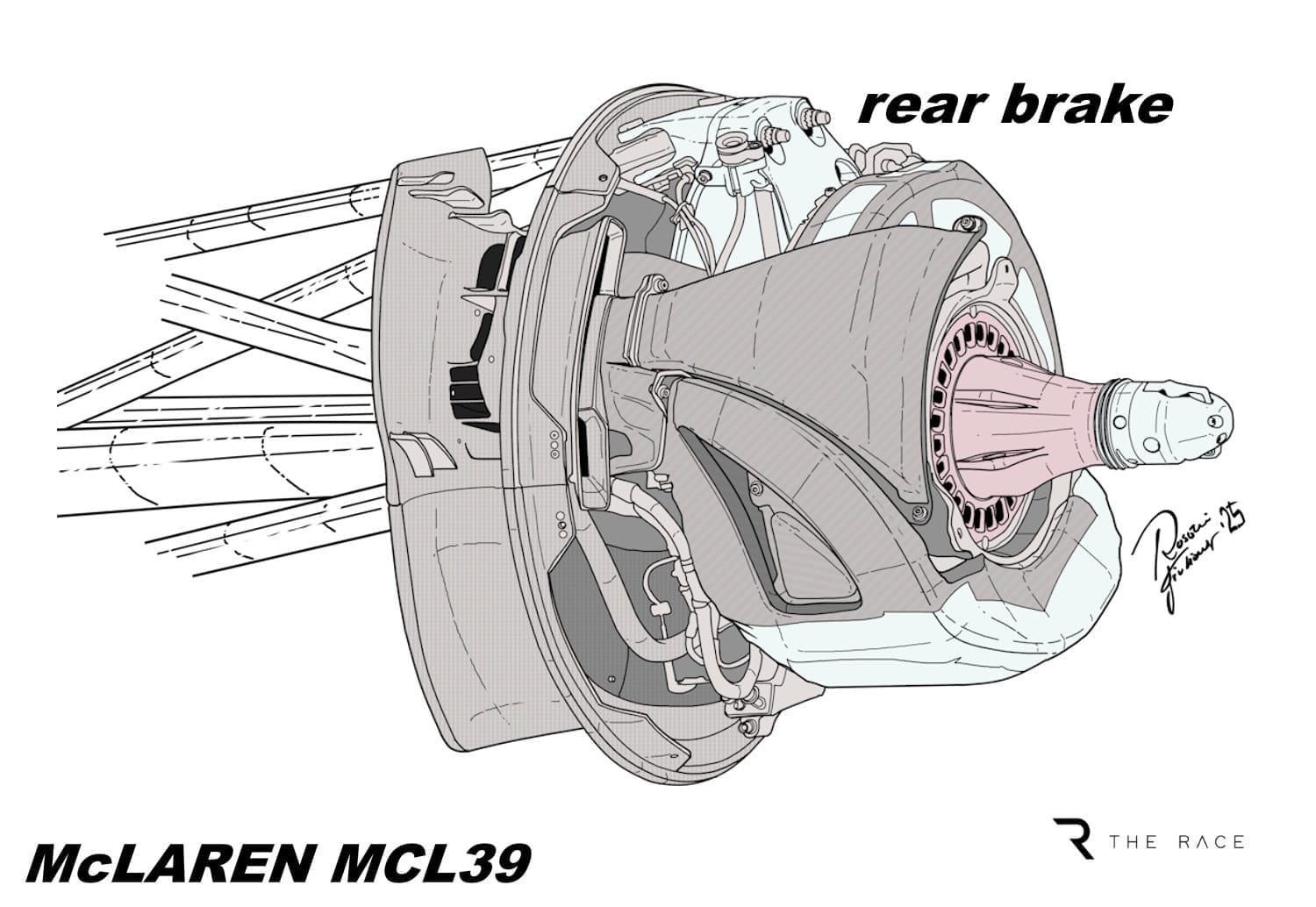
Rumours suggesting that McLaren might be using water injection to 'cool' the tyres have now been dismissed. Pirelli has found nothing irregular in any of the technical inspections, and all findings have remained within regulatory limits.
Red Bull's engineers are instead exploring aerodynamic solutions, suspecting that McLaren may be controlling tyre temperatures through clever heat management between the brake drum and the inner sidewall of the tyre - possibly through convective cooling.
Can Red Bull recreate McLaren's brake magic?

In a bid to close the gap, Red Bull has been working on a new brake bell configuration and revised cooling ducts, taking inspiration from McLaren's solution. The Race understands that the development has been underway since the season-opening Australian Grand Prix.
Though such components might appear marginal, Red Bull believes they play a key role in McLaren's thermal efficiency. With no definitive proof of their effectiveness without on-track testing, Red Bull's attempt is something of a leap of faith - but one that could soon materialise on the RB21.
While the main focus has been on the rear brake ducts, McLaren is known to use a particularly sophisticated front brake bell design too.
Red Bull technical director Pierre Wache is reportedly taking a similar route -replicating the concept pioneered by his former colleague Rob Marshall, with tailored adjustments- to improve tyre behaviour under challenging conditions like those in Bahrain and Miami.
Additional quotes from Jon Noble

































